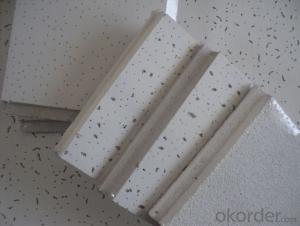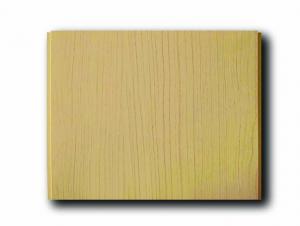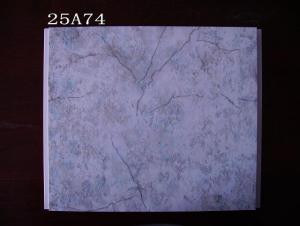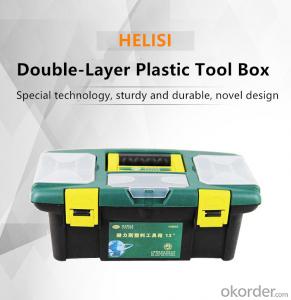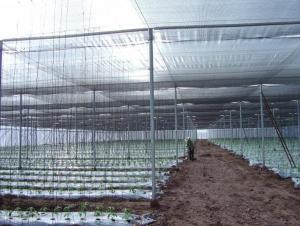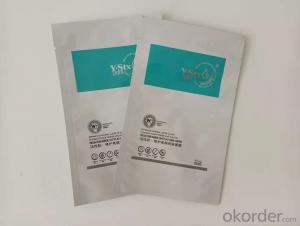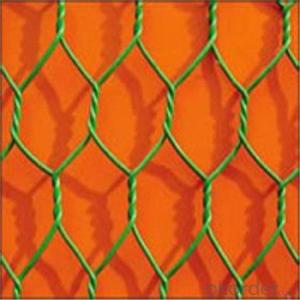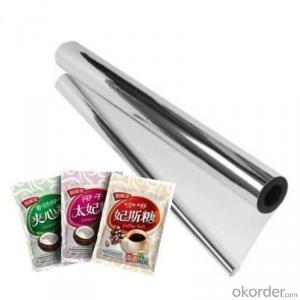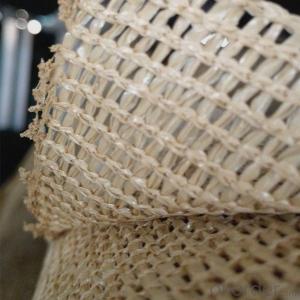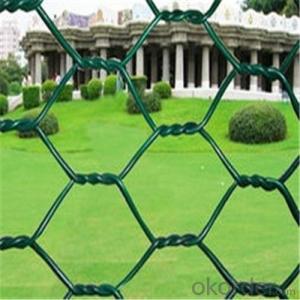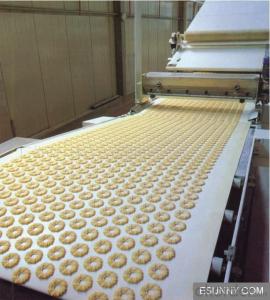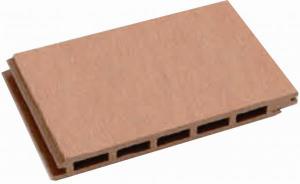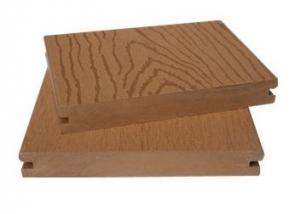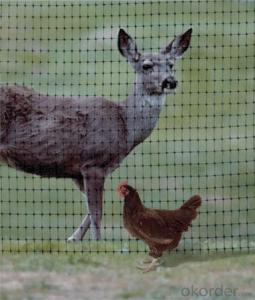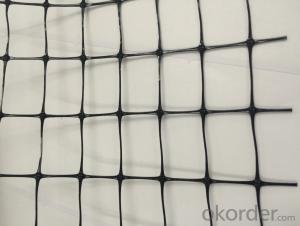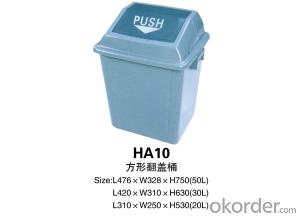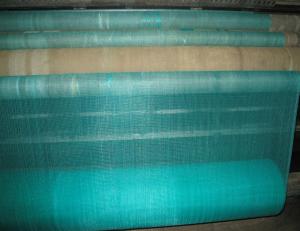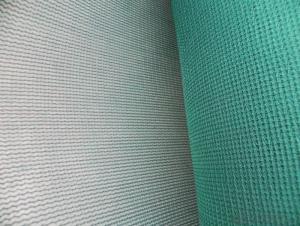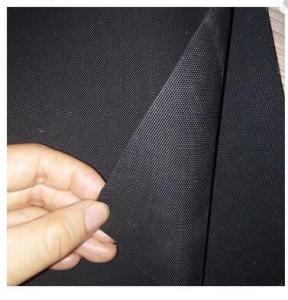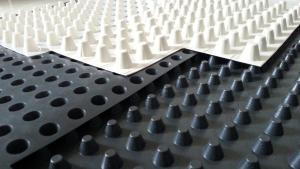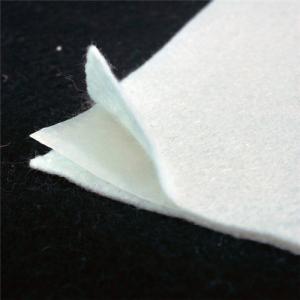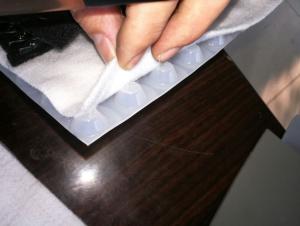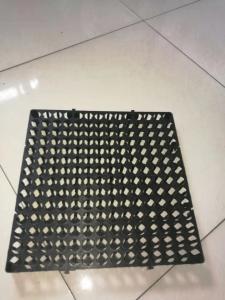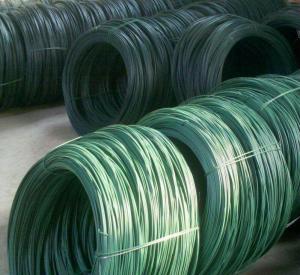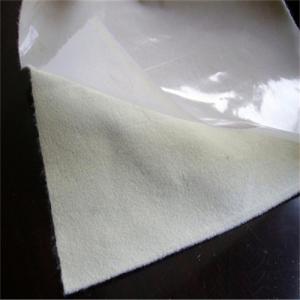Green Plastic Netting
Green Plastic Netting Related Searches
42 In Ceiling Fan With Light Fiber Sheet For Roof Lights For Kitchen Ceiling Lights For Fall Ceiling Spotlight For Ceiling 5 Blade Ceiling Fan With Light Acoustic Padding For Walls Stainless Steel Ceiling Fans Stainless Steel Turn Green Downlights In CeilingHot Searches
Steel Mesh Panels For Sale Price For Stainless Steel Scrap Scrap Price For Stainless Steel Cheap High Tea Sets For Sale Stainless Steel Tanks For Sale High Density Fiberboard For Sale Solar Hot Water Collectors For Sale Scaffolding For Sale In Uae Scaffolding For Sale In Ireland Scaffolding For Sale In Houston Type Of Inverter For Solar Price Of Shipping Containers For Sale Stock Price For Aluminum Used Solar Inverter For Sale Portable Led Signs For Sale Stone Hot Water Bottles For Sale Large Led Screens For Sale Used Aluminum Scaffolding For Sale 1/4 Aluminum Plate For Sale Pvc Chairs For SaleGreen Plastic Netting Supplier & Manufacturer from China
Okorder.com is a professional Green Plastic Netting supplier & manufacturer, offers integrated one-stop services including real-time quoting and online cargo tracking. We are funded by CNBM Group, a Fortune 500 enterprise and the largest Green Plastic Netting firm in China.Hot Products
FAQ
- Help students learn sister, civil engineering materials
- Non-mechanical hard cementing materials: lime, gypsum, water glass, magnesia cementitious materials
- Geosynthetic clay liners provide several advantages in wastewater treatment. Firstly, they offer excellent hydraulic conductivity, preventing the leakage of wastewater into the surrounding environment. Secondly, they possess high chemical resistance, ensuring the liner remains intact even in the presence of harsh chemicals commonly found in wastewater. Additionally, geosynthetic clay liners are highly durable and have a long lifespan, minimizing the need for frequent replacements. Moreover, they are cost-effective compared to alternative liner materials. Overall, geosynthetic clay liners play a crucial role in protecting the environment, prolonging infrastructure life, and reducing operational costs in wastewater treatment facilities.
- Some common applications of earthwork products in landscaping include creating raised beds, building retaining walls, leveling uneven terrain, and constructing pathways or driveways. These products, such as soil, gravel, or mulch, are used to enhance the aesthetics and functionality of outdoor spaces, providing a solid foundation for various landscaping elements and improving drainage and erosion control.
- There are several benefits of using geocells in pavement applications. Firstly, geocells provide increased load-bearing capacity, which helps to distribute the weight of vehicles more effectively and reduce the risk of pavement failure. Secondly, geocells improve the overall stability of the pavement by preventing lateral movement of the fill material. This helps to reduce rutting, cracking, and other forms of pavement distress. Additionally, geocells enhance the drainage capabilities of the pavement, allowing for efficient water infiltration and reducing the potential for water-related damage. Lastly, geocells are easy to install, cost-effective, and environmentally friendly, making them a sustainable solution for pavement construction and maintenance.
- Geotextiles aid in soil separation in earthwork applications by acting as a barrier between different soil layers, preventing them from mixing and maintaining their individual properties. This helps to enhance the stability and performance of the soil structure while allowing for proper drainage and filtration.
- Yes, there are specific earthwork products available for wetland restoration. These products include materials such as geotextiles, coir logs, and bioengineering techniques like live stakes and brush layering. These earthwork products are designed to stabilize soil, control erosion, and promote the growth of wetland vegetation, aiding in the restoration and rehabilitation of wetland ecosystems.
- Earthwork products, such as geotextiles and geogrids, play a crucial role in bank stabilization by providing reinforcement and erosion control. These materials are designed to prevent soil erosion and retain the stability of slopes and embankments. Geotextiles act as a filter, allowing water to pass through while retaining soil particles, thereby reducing erosion. Geogrids, on the other hand, reinforce the soil by distributing the loads and increasing its strength, effectively stabilizing the banks against potential failure. By using earthwork products, banks are protected from erosion, ensuring their long-term stability and preventing potential damages.
- Some of the different surface textures available in earthwork products include smooth, rough, textured, and patterned. These textures can be achieved through various techniques such as grinding, brushing, or stamping, and they can add visual interest and enhance the overall aesthetic of the product.


